|
S |
M |
T |
W |
T |
F |
S |
|
|
|
|
1
|
2
|
3
|
4
|
|
5
|
6
|
7
|
8
|
9
|
10
|
11
|
|
12
|
13
|
14
|
15
|
16
|
17
|
18
|
|
19
|
20
|
21
|
22
|
23
|
24
|
25
|
|
26
|
27
|
28
|
29
|
30
|
31
|
|
|
|
Forums10
Topics39,539
Posts562,543
Members14,592
| |
Most Online9,918
Jul 28th, 2025
|
|
|
|
Joined: Feb 2004
Posts: 132
Sidelock
|
OP

Sidelock
Joined: Feb 2004
Posts: 132 |
I just acquired this nice old smith and I have a few questions about it. It doesn't appear to be a field grade since there is a bit of border engraving, plus the ebony forearm tip. The release on this one is also different than the one on a pigeon grade that I own. Also, the most unusual, to me at least, thing about this shotgun is the strange damascus pattern, it almost looks like fish scale. The serial number is in the 1200 range, any information on the year of production would be greatly appreciated. There is still a bit of color on the action, perhaps about 20% and the action is tight, and the bores are pristine. The only complaint is that it is wearing an old Hawkins butt pad in place of the original, still, hopefully it's worth the $199 that I paid for it:) Here are the pictures 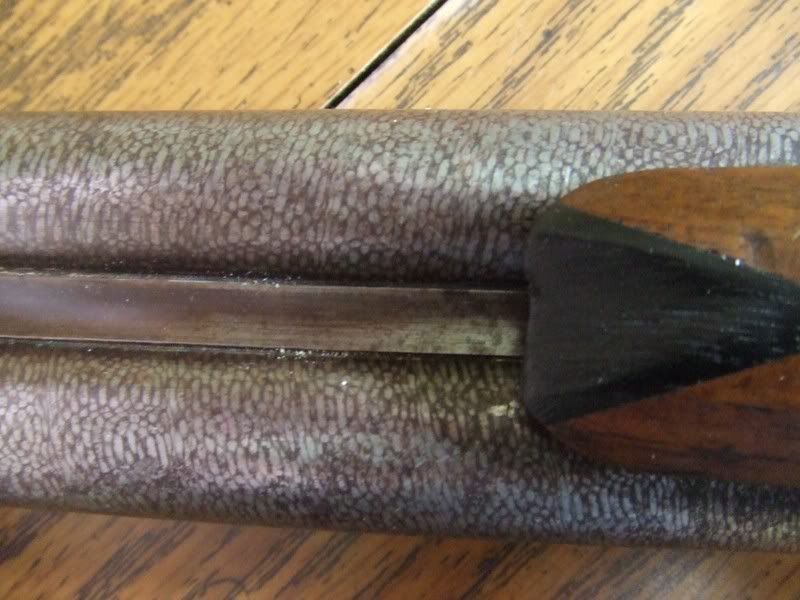 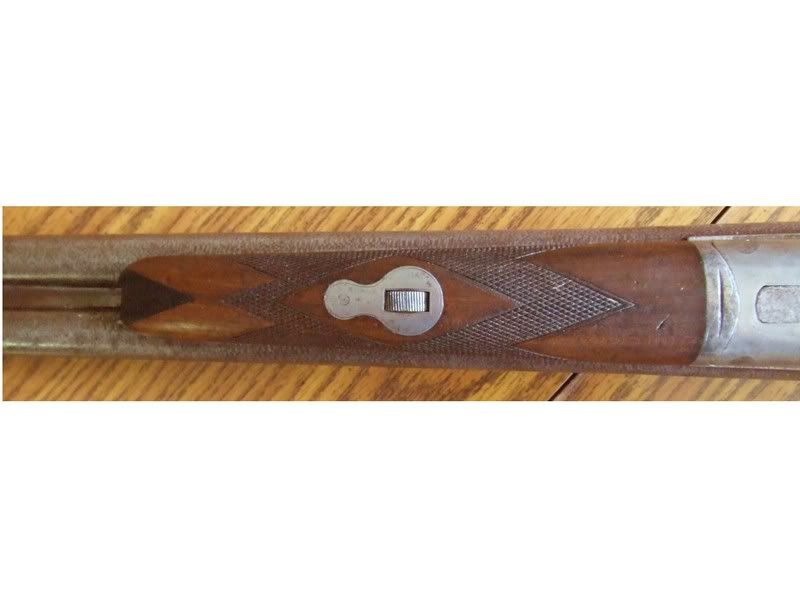 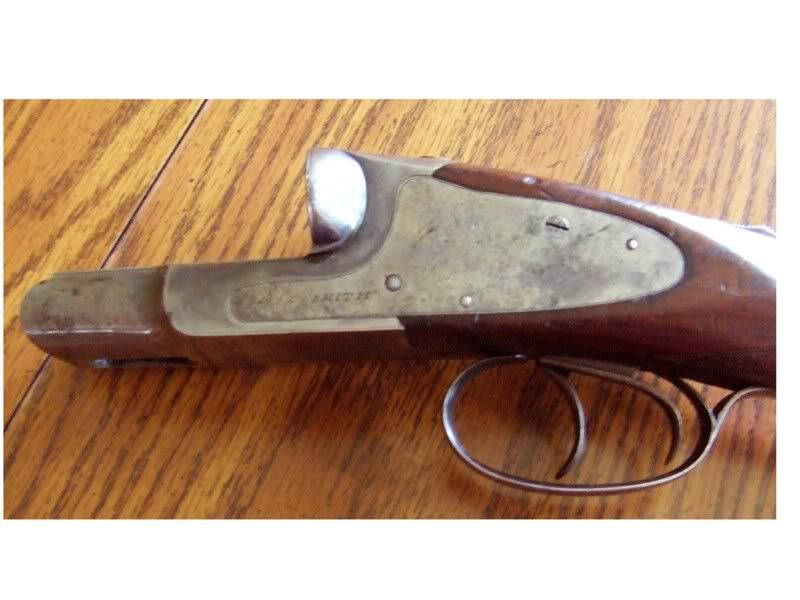 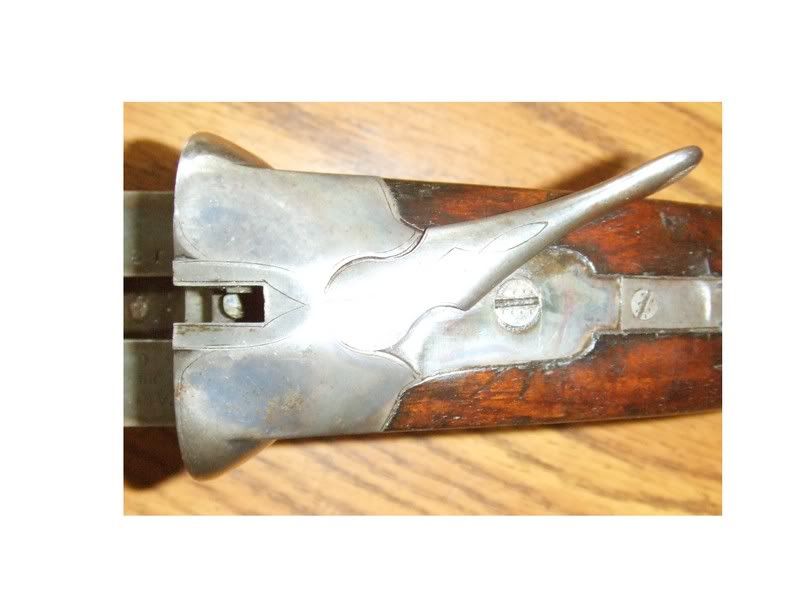 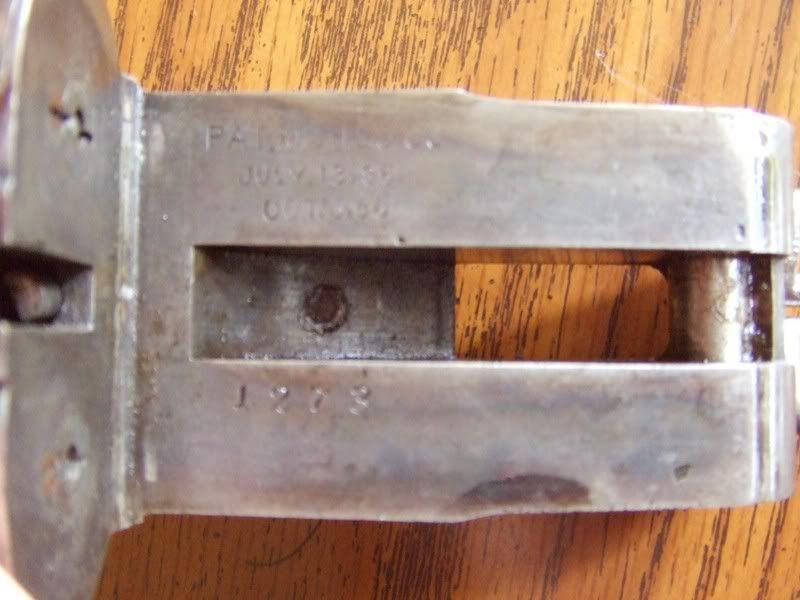
|
|
|
|
|
Joined: Apr 2004
Posts: 869
Sidelock
|

Sidelock
Joined: Apr 2004
Posts: 869 |
Amazing Alex!
I look forward to the results of your question.
I'm guessing a really well laid out stub twist?
With good bores you did very well....could spruce it up or just shoot it, nice.
Best,
Mark
 Ms. Raven
|
|
|
|
|
Joined: Mar 2004
Posts: 1,190 Likes: 15
Sidelock
|

Sidelock
Joined: Mar 2004
Posts: 1,190 Likes: 15 |
What it appears you have there is either a Grade 0E, or 1E. On guns of this era, the grade stamp is often on the barrel flats near the lug, which is not included in one of your photos. Both grades featured a small amount of line engraving, although the Grade 1 typically had a small flourish of scroll; but your is very early and early guns have a lot of inconsistency. Catalogs listed Twist barrels as standard for the Grade 0 gun up to 1898, and Damascus barrels for the Grade 1. In 1900, the Grade OE carried a retail price of $60, and the Grade 1E a retail price of $75.
Not having seen the release on your Pigeon, I can't explain to you the difference, but the release on this gun is the standard "banjo-style" roll-releae used on Smith ejector guns from this era and having the 1901 patent date (the "banjo" style escutcheon is actually the second style roll-release escutcheon used for Smith guns with the 1901 ejector patent, the first style was round with two exposed mounting screws).
According to the serial number records from this era, which have a lot of holes, your gun would have shipped sometime between 1891 and 1898. Now this fact begs other questions, the first being why does this piece have the second type ejectors (1901 patent) on such an early gun? The answer, since the gun frame lacks the frame cuts peculiar to the early roll-type joint check normally seen on Smith guns within this serial number range, is that this frame languished in inventory for several years before an order was received for this particular lower-grade ejector gun (I have a copy of an 1895 shipping ledger page for 52 ejector guns, mostly Grade 1s, and some of those frames were in inventory for more than 3 years prior to receipt of an order; at which time the gun was placed into production and ultimately shipped). The second answer is that the gun was returned at a later date and factory retro-fitted with ejectors.
As to your barrels, I am not an expert in Damascus but have not seen that particular pattern on another Smith gun from any era. In his book on Remington shotguns, Charles Semmer shows samples of various damascus barrel patterns and two such patterns noted in his book closely resemble the pattern on your barrels; one is marked "chine P" and the other is marked "ohonon 6.S.T." Those barrels are striking, and why Hunter used these non-standard tubes on this gun will forever remain unknown (a special order maybe; or perhaps an odd set getting "stale" in inventory?); but low grade Smith guns with ejectors are not very common, so I hope you have this gun properly restored at some point. As FYI, a Silver's rubber pad would be period correct for your gun.
|
|
|
|
|
Joined: Jan 2002
Posts: 5,949 Likes: 144
Sidelock
|

Sidelock
Joined: Jan 2002
Posts: 5,949 Likes: 144 |
Kind of looks like what Remington called "Pieper P" which is often found on their E-/EE-Grade hammerless doubles. But, Semmer did show one AE-Grade with them.
|
|
|
|
|
Joined: Jan 2006
Posts: 9,769 Likes: 465
Sidelock
|

Sidelock
Joined: Jan 2006
Posts: 9,769 Likes: 465 |
Very interesting. Tom is the Smith expert, and I also have never seen that damascus pattern. A Quality No. 0 or 1 of that era would be expected to have 'English Stub Twist' or possibly Two Iron Crolle that Hunter Arms called 'Good Damascus-Figured Pattern' From a DE Remington  And very similar barrels from a Three Barrel Gun Co.  As Dave said, Pieper P from an EE Remington  Very likely those are special order Belgian damascus, and I have no way to confirm as yet, but they may be "Leclerc", which was a pattern like "Bernard" and came in several grades. Rene Leclerc was a barrel maker in Paris at the same time as Leopold Bernard.
|
|
|
|
|
Joined: Feb 2004
Posts: 132
Sidelock
|
OP

Sidelock
Joined: Feb 2004
Posts: 132 |
Thankyou for the information, your response does bring up several questions that I suppose will never be fully answered. I did take a look at the bottom of the barrel near the lug and here is the picture of it: 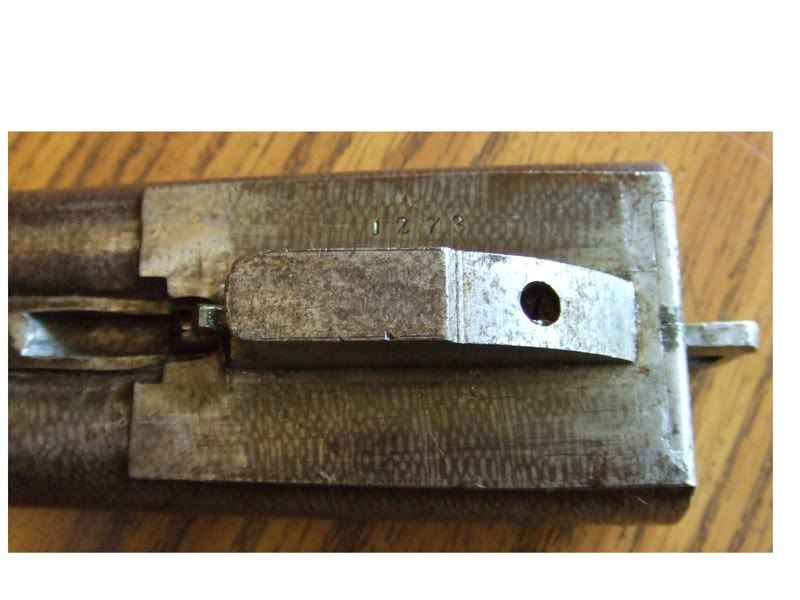 As you can see the only markings on here are the serial number, there is a large E stamped on the rib just behind the forearm lug. As far as restoration goes, I might be inclined to do this in the future. However the gun is really not in too bad condition, the stocks are basically sound, the checkering is a bit worn from the buttstock which has a ball grip and this could stand to be re-cut. I would be interested in replacing the Hawkins pad with a more appropriate replacement, the Silvers pad would be interesting, are there any suitable reproductions of this pad available?
|
|
|
|
|
Joined: Apr 2004
Posts: 869
Sidelock
|

Sidelock
Joined: Apr 2004
Posts: 869 |
I see no weld lines...kinda like laminated?
This is great, sooo much stuff from every direction.
And, it all seems to have worked.
Mark
 Ms. Raven
|
|
|
|
|
Joined: Jan 2006
Posts: 9,769 Likes: 465
Sidelock
|

Sidelock
Joined: Jan 2006
Posts: 9,769 Likes: 465 |
Mark: the weld lines are certainly subtle, but more apparent on the brl flats. Definitely not laminate though. Could also be a lower grade of "Bernard" (the pattern on the R is 'Rose Bernard')  Alex: thanks very much for your excellent pics and sharing your gun. And you can get a 'Silvers' style pads (which would be quite appropriate) from Galazan http://www.connecticutshotgun.com
Last edited by revdocdrew; 06/17/07 04:58 PM.
|
|
|
|
|
Joined: Apr 2004
Posts: 869
Sidelock
|

Sidelock
Joined: Apr 2004
Posts: 869 |
rev, Bernard crossed my mind...but on a low grade gun made no sense. Did not even think a low grade was an option from Bernard, always the best or not? It is very similar though, I give you that.  Best, Mark
 Ms. Raven
|
|
|
|
|
Joined: Mar 2004
Posts: 1,190 Likes: 15
Sidelock
|

Sidelock
Joined: Mar 2004
Posts: 1,190 Likes: 15 |
In his book, Semmer also shows (on page 271) a "laminated" pattern on a Grade 4 Remington hammergun barrel; which could be what you actually have, and certainly be a more grade specific/appropriate to the grade of this gun. Also, it is not uncommon to see low numbered Hunter guns void of a grade stamp, as Hunter inherited and re-worked a number of Syracuse model frames which were never assigned a grade/quality on the finished piece. This fact is noted in the surviving shipping records from this period, as in the grade column one will simply find an "X" notation. On one page of the surviving records is a hand-written notation as follows: "X - made without grade". This discovery helps explain the fact why certain ID of many early Smith guns is so difficult (gun grade is not noted within the records or stamped on the gun); therefore in those instances the collector must note features specific to the gun and period, then make a determination of an approximate grade classification based on known cataloged descriptions. If there is no grade mark stamped on the gun, there are two other possible locations that might (but not always) reveal the exact grade. Remove the guard strap screws; and look for the serial number and grade stamped into the wood beneath same. The second method would be to remove the lockplates. On pre-13 Smith guns, gun grade will nearly always be stamped into the frame metal below the water table (narrow portion of the plate) beneath the left-side lockplate. This may be the most accurate method for making a pre-13 grade determination; but even that is not always reliable, as I have personally seen several examples void of any grade mark whatsoever.
|
|
|
|
|